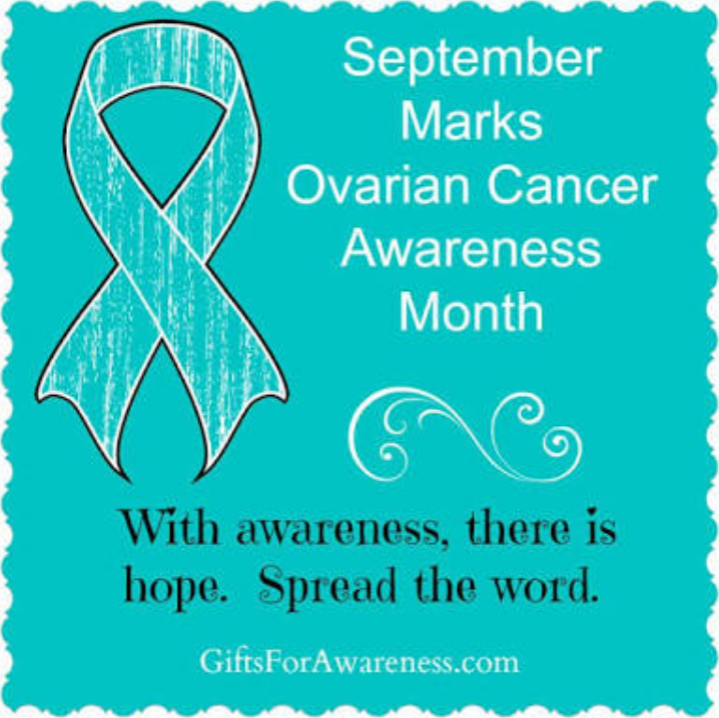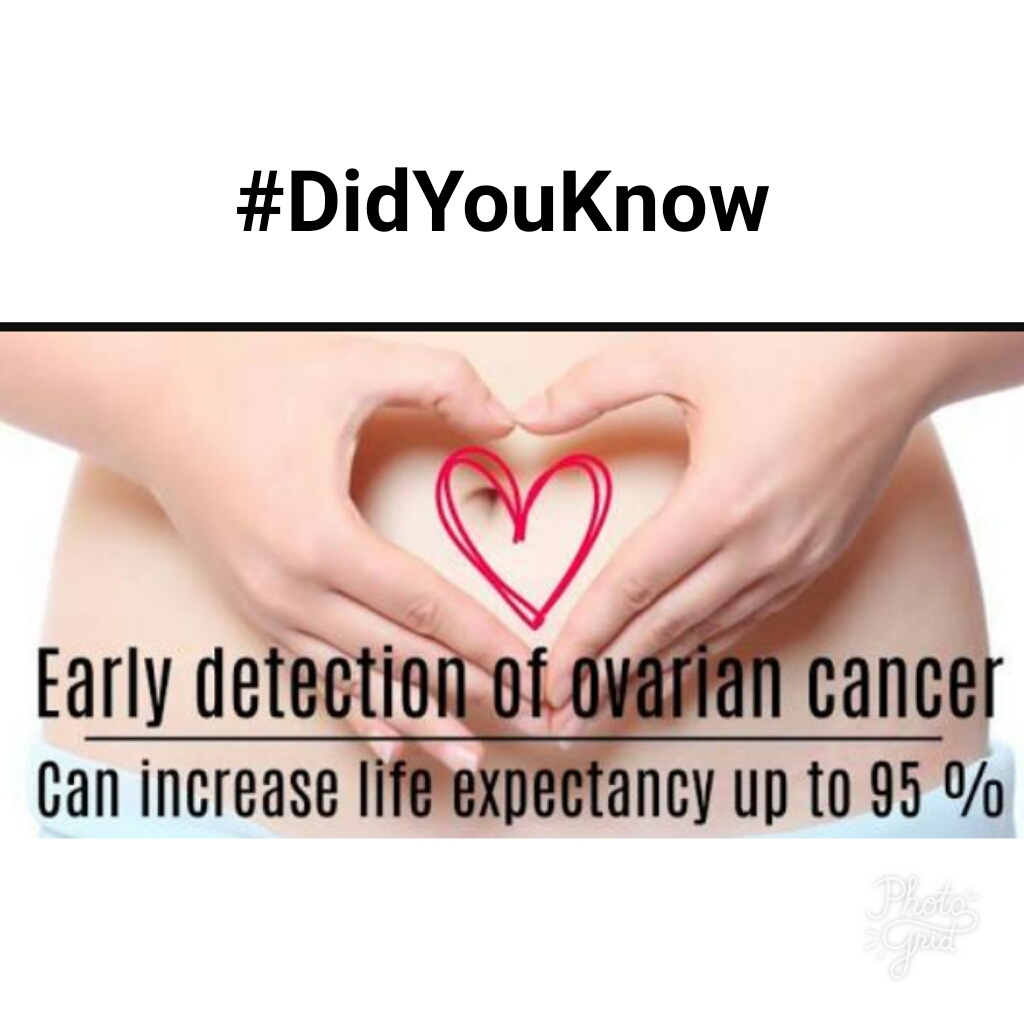This week, we would be stepping aside from safety a bit to discuss a concern in female health most especially as this is a month set aside for its awareness: Ovarian Cancer.

– Did you know that if you started menstruating early, you have a higher risk of developing Ovarian cancer?
– Did you know it’s the 5th most common cause of cancer deaths?
– Did you know that the more a woman gets pregnant, the lower her risk of her ovarian cancer?
– Did you know that women who have never been on the contraceptive pill have a higher risk?
– Did you know that if diagnosis is done early, the 5 year survival rate is 94% according to the National Cancer Institute?
– Did you know early stages do not present symptoms?

Women have two ovaries. The ovaries are where eggs are formed and the hormones; oestrogen and progesterone are made. Ovarian cancer refers to cancerous growth in the Ovaries. The majority arises from the outer lining of the uterus. At the early stages, this cancer does not present symptoms. However with time there is a persistence and gradual worsening of the symptoms.
Early symptoms are:
1) Feeling full soon when eating
2) Pain in the pelvis
3) Bloating
4) Pain in the lower stomach
5) Back pain
6) Indigestion or heart burn
7) More frequent and urgent urination
8) Pain during intercourse
9) Constipation
As it progresses, other symptoms are:
1) Breathlessness
2) Tiredness
3) Nausea
4) Weight loss
5) Loss of appetite
What are the causes?
There is no known cause of Ovarian cancer, instead there are risk factors which increases the chances of developing it.
1) Family history: if women in your family have had breast cancer or ovarian cancer, your chances of developing it are high
2) Obesity
3) Age most especially in women above 65 years
4) High number of total lifetime ovulations: There is a link between this and ovarian cancer. 4 major factors here are:
– More pregnancies lead to lower risks
– Starting menstruation early leads to higher risks
– Starting menopause late, leads to higher risk
– Never using a contraceptive pill leads to higher risks
5) Infertility treatments also have a link
6) Breast cancer diagnosis
7) Hormone replace therapy
8) Endometriosis increases the chances by 30%
What can be done?
The doctors would need to carry out an examination to see the condition of the uterus and ovaries. They would also collect medical and family history. After diagnosis, they will be able to identify the stage and grade of the cancer. The stage refers to how spread the cancer is while the grade refers to how the cells look under the microscope. This will help determine the best treatment.
Tests used in diagnosis:
- Blood test
- Ultrasound
- Laparoscopy
- Colonoscopy
- MRI
- Abdominal fluid aspiration
- CT scan
Treatment
Surgery, chemotherapy, a combination of both and sometimes radiotherapy
 What can you do to help?
What can you do to help?This is a cancer that is hard to detect and that is why it is important to see a doctor as soon as you experience symptoms consistently. Then you need to share information with others to create awareness.
If you experience pain in abdomen or pelvis for more than few weeks consistently, please visit a doctor.
Image credit: Google images
Reference source: MedicalNewsToday



